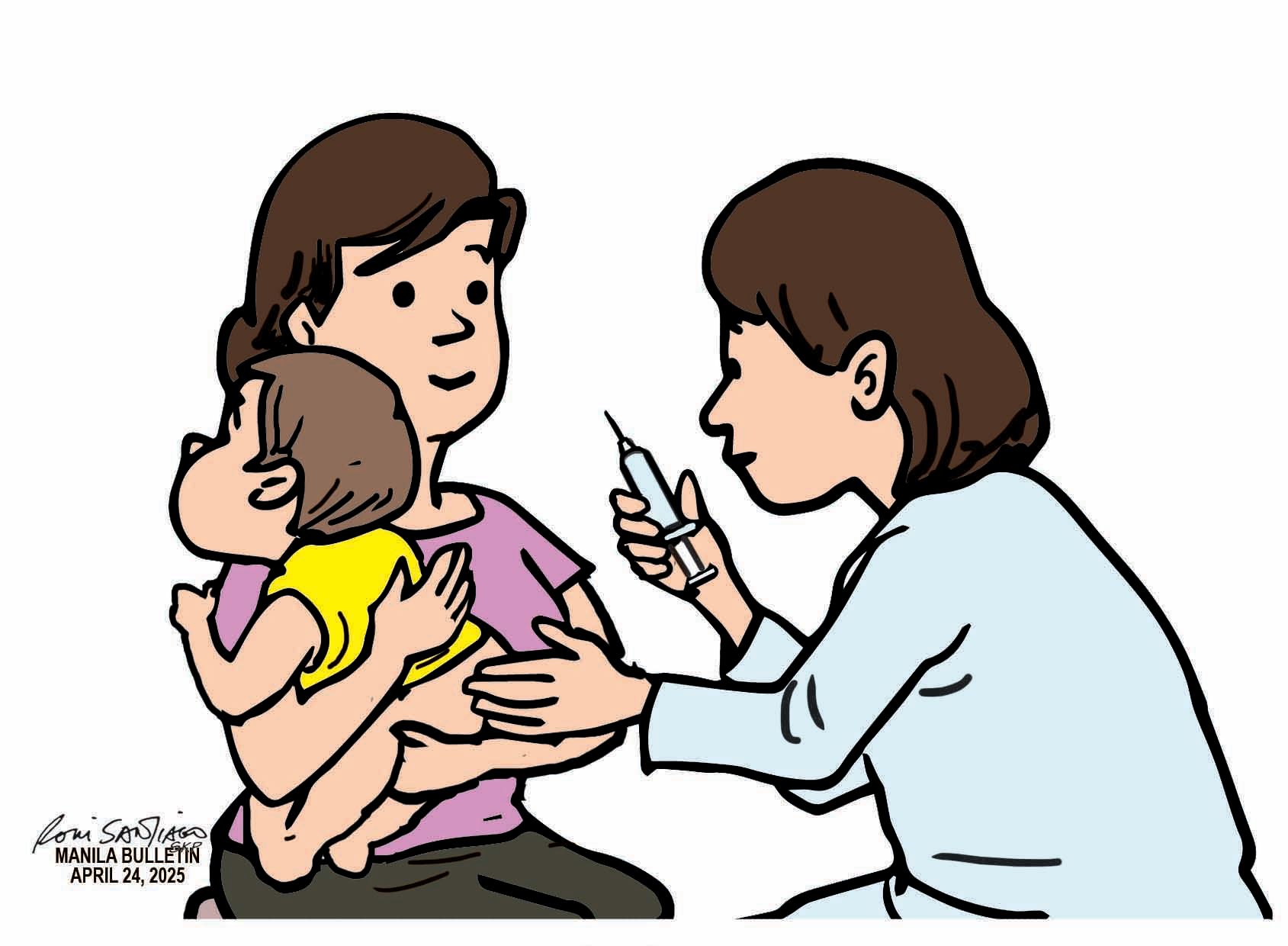
“Vaccines are one of humanity’s greatest achievements. Over the last 50 years, essential vaccines have saved at least 154 million lives. That’s six lives a minute, every day, for five decades.
“In these 50 years, vaccination accounts for 40 percent of the improvement in infant survival, and more children now live to see their first birthday and beyond than at any other time in human history. Measles vaccine alone accounts for 60 percent of those lives saved.”
This data from the World Health Organization (WHO) website highlights the immense progress of the immunization program. It also shows the urgent work that remains to be done to protect every person from vaccine-preventable diseases (VPDs).
This year, the theme of World Immunization Week from April 24 to 30 is “Immunization for all is humanly possible.” The week should also remind us that these figures represent the children who lived to celebrate birthdays, grandparents who survived flu seasons, and mothers who safely delivered babies protected from tetanus.
Yet there is much work to be done. The WHO data shows that in 2023, over 14.5 million children received no vaccinations at all, and more than 22 million missed their first measles dose. These gaps in coverage not only leave millions vulnerable but threaten to reverse decades of hard-earned progress. An outbreak anywhere poses a risk everywhere. As the WHO has emphasized: Waiting for an outbreak is not only dangerous—it’s too late.
In the Philippines early this year, the Department of Health (DOH), with support from UNICEF and the WHO, unveiled key strategies to achieve 95 percent immunization coverage for children. The National Immunization Acceleration Plan for 2024-2025 launched several initiatives highlighting effective immunization strategies which are now ongoing in many parts of the country.
Republic Act No. 10152, known as the Mandatory Infants and Children Health Immunization Act of 2011, mandates the immunization of all infants and children under five years of age in the Philippines. The law requires vaccines against common preventable diseases such as tuberculosis, diphtheria, tetanus, pertussis, polio, measles, mumps, rubella, hepatitis-B, and H. influenza type B. It aims to reduce child mortality and morbidity rates by ensuring widespread immunization, promoting public health, and preventing the spread of infectious diseases among children.
The Philippines has made significant strides in immunization. According to WHO/UNICEF National Estimates of Immunization Coverage (WUENIC), the country is no longer among the top 20 with the highest number of zero-dose children.
The country’s immunization program as of Jan. 20, 2025 showed a significant percentage of eligible children are already considered fully immunized, according to the partial Field Health Services Information System (FHSIS) data for 2024. “However, children who received their vaccines in private facilities remain unaccounted for. This puts the vulnerable population at a continued risk from VPDs,” the report said.
Vaccination isn’t just an individual responsibility—it’s a collective shield. When one person is protected, the entire community benefits.
World Immunization Week is a call to action. New vaccines in development and a global network of scientists, healthcare workers, and organizations ready to deliver show that we have the tools and the knowledge to end suffering from preventable diseases. All we need now is the collective will.
Immunization for all is not just possible—it is our responsibility. Now is the time to prove that together, we can make it humanly possible.